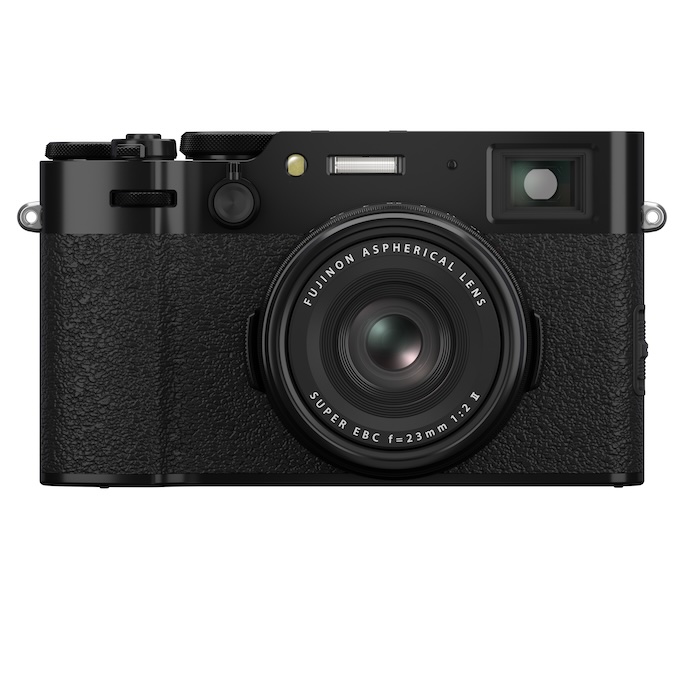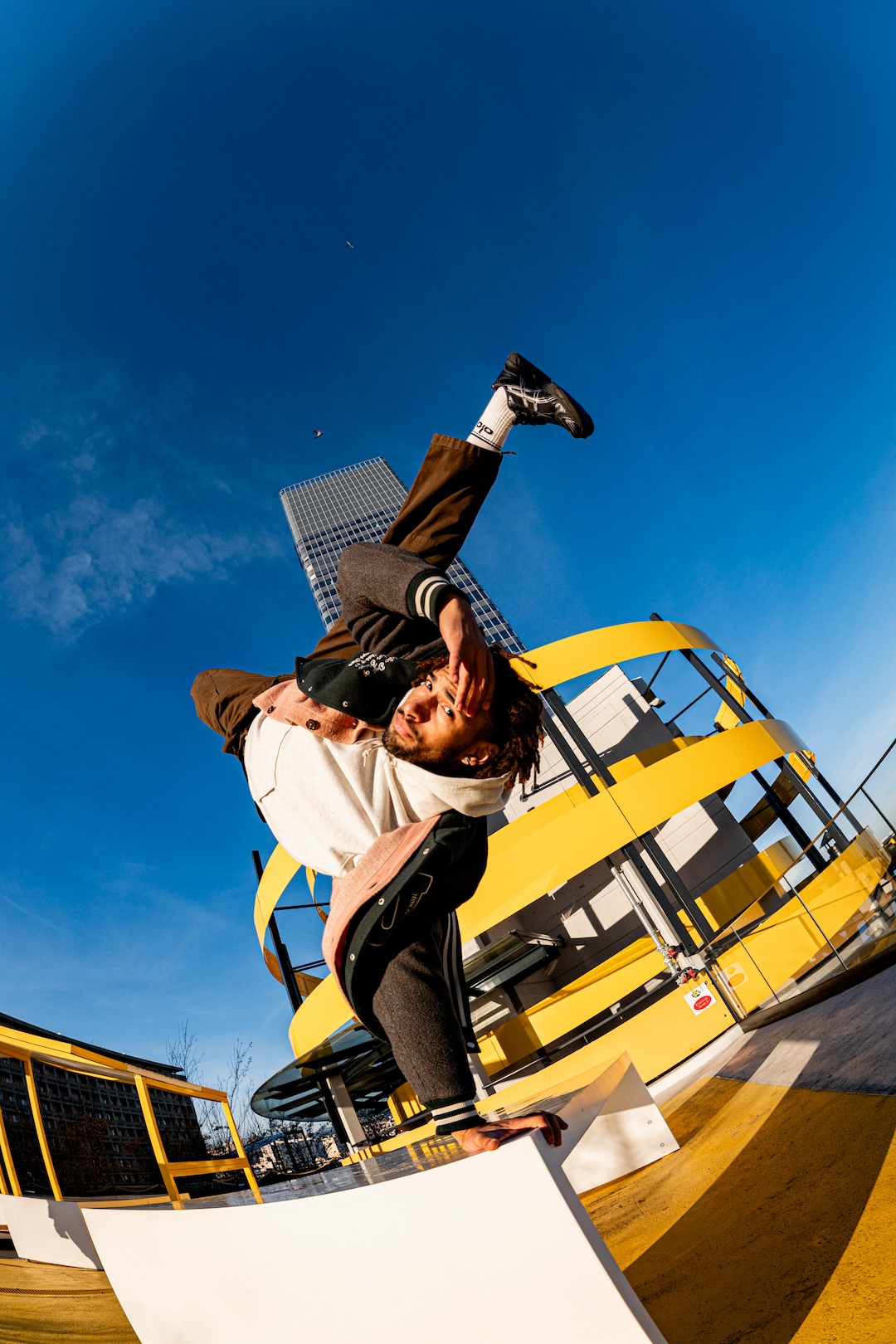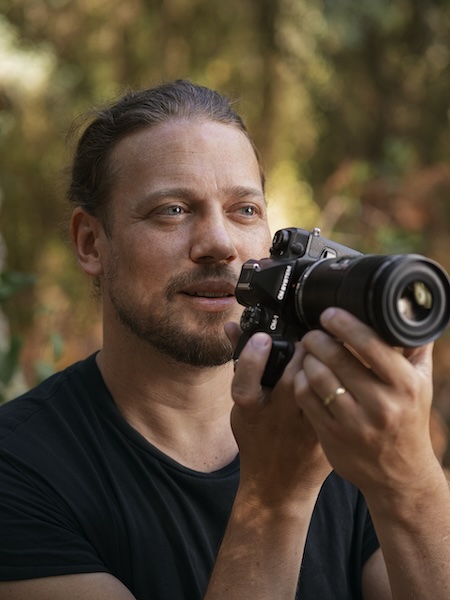Gear
If you suffer from a bad case of GAS (gear acquisition syndrome, not the intestinal variety), then 2018 was undoubtedly a trying year. Between a profusion of new mirrorless cameras pushing the boundaries of still and video quality and a slew of ultra-compact strobes and powerful new drones, photographers and filmmakers had no shortage of great gear to choose from. But technology never sits still, and 2019 looks to deliver an even greater bounty of photo goodness. Here’s what we think is on the horizon.
Full-Frame Fight
The tail-end of 2018 brought some seismic product news for photographers: Both Canon and Nikon were (finally) making full-frame mirrorless cameras to compete with Sony. Shortly thereafter at Photokina, Panasonic and Sigma announced plans to do the same under the rubric of the L Mount Alliance.
The Alliance is essentially a fancy name for a simple business deal: Leica is licensing the technology behind its L-mount, the same mount used in Leica’s full-frame SL camera and several APS-C bodies. This deal is not exclusive to Panasonic and Sigma, though, so other camera-makers can jump on the bandwagon if they want a full-frame mirrorless L-mount camera (or lens) of their own. Whether they will is a different question. Fujifilm has told us that it sees medium format, not full frame, as the natural progression for users graduating from their APS-C cameras, while Olympus and Ricoh have played their mirrorless ambitions closer to the vest.
Even if the status quo prevails and no other manufacturer signs up for the Alliance, 2019 will see a major battle for mirrorless market share. Photographers looking for a full-frame camera system will have an embarrassment of riches to choose from next year.
AI Gear
Around this time last year, we identified artificially intelligent software as a trend to watch for in 2018 (and not to toot our own horn, but this year’s news from Adobe, CyberLink and Skylum indicates that we nailed that one). For 2019, look for artificial intelligence to migrate from photo software to photo hardware—specifically, cameras.
AI software is notoriously computationally intensive. It usually runs on massive computer clusters. The model that makes Lightroom CC’s autotagging work, for instance, weighs several terabytes, according to Adobe’s Josh Haftel, the principal product manager of digital imaging. But smartphone vendors have already demonstrated that it’s possible to run AI algorithms on smartphone processors and a new class of neural processing chips. Traditional cameras won’t be all that far behind.
There are a few elements of photography that could be ripe for an AI boost. Take scene recognition, for example. It’s something cameras already perform, but they do so according to fairly crude inputs—relative brightness, distance to subject, subject motion and other factors. Thanks to breakthroughs in machine vision, AI algorithms can do that plus recognize what actual objects are and optimize exposure for them. What’s more, they can (in theory) apply image tags to metadata at the moment of capture, taking some of the organization grunt work out of your workflow. Noise reduction and removing atmospheric haze are other promising areas for AI-powered cameras.
Keeping It Moving
The GIF is one of the most celebrated image formats, famous for populating (or is it polluting?) the Internet with memes and memorable motion clips. While the GIF is getting on in years and a number of GIF-like formats are angling to take its place, we’ve definitely spotted a trend among wedding photographers who are embracing motion images of all forms in their work. Photographers like Hipster Wedding’s Tin Tin and Rf 30 Rising Star of 2017 Roberto Panciatici have been using motion-infused stills on their blogs and social media channels to promote their work.
The technology to create GIFs and cinemagraphs isn’t new, but we are seeing a renewed emphasis on refining it. This year, Corel introduced Photo Mirage, an application that lets you quickly animate still photos. At Adobe’s annual MAX conference, the software giant previewed a new “Moving Stills” feature to create vivid 3D animations from any still photo. And, with camera burst modes approaching video-like speeds of 24 to 30 fps, the creative options around merging sequences of images will only grow.
Next-Level LEDs
As we reported in our April issue, lighting manufacturers are hard at work chasing an industry unicorn: an LED light that’s powerful enough to double as a flash. Rotolight and LumeCube have both produced LEDs that can flash, but we haven’t yet seen an LED flash that’s strong enough to overpower the sun or give a more powerful strobe (think 250 W/s or more) a run for its money.
There’s plenty of incentive to build an LED flash. LEDs don’t need to “recycle” like a conventional flash tube, meaning there’s literally no delay between flashes, even at the highest power level. They have adjustable color temperatures, making them easy to balance against ambient light. Many video-centric LEDs have a full spectrum of color options, giving you the effect of a gel without having to fumble with tape and cellophane or modifiers. Plus, an LED flash would have the ability to pull double duty as a continuous light, making it more versatile.
We’ll go out on a limb here and say that 2019 will be the year that we see more powerful LED flashes, including models that can compete with studio-level strobes.
Related: Can You Use an LED for Flash Photography?
Are Studio Portraits Making a Comeback in the Photo Industry?
19 Great New On-Camera Lights and Modifiers for Event Photographers





